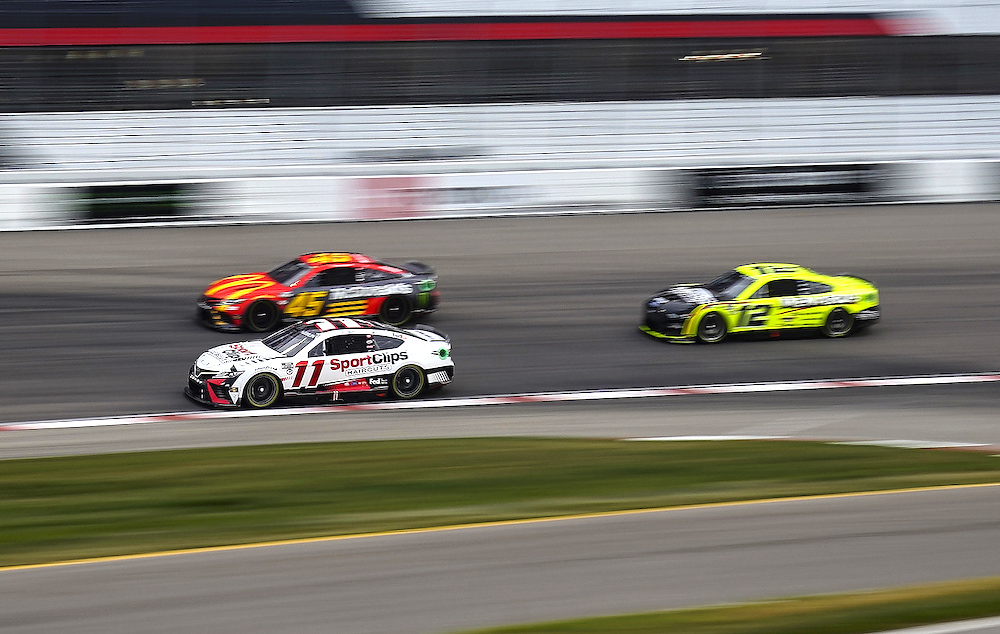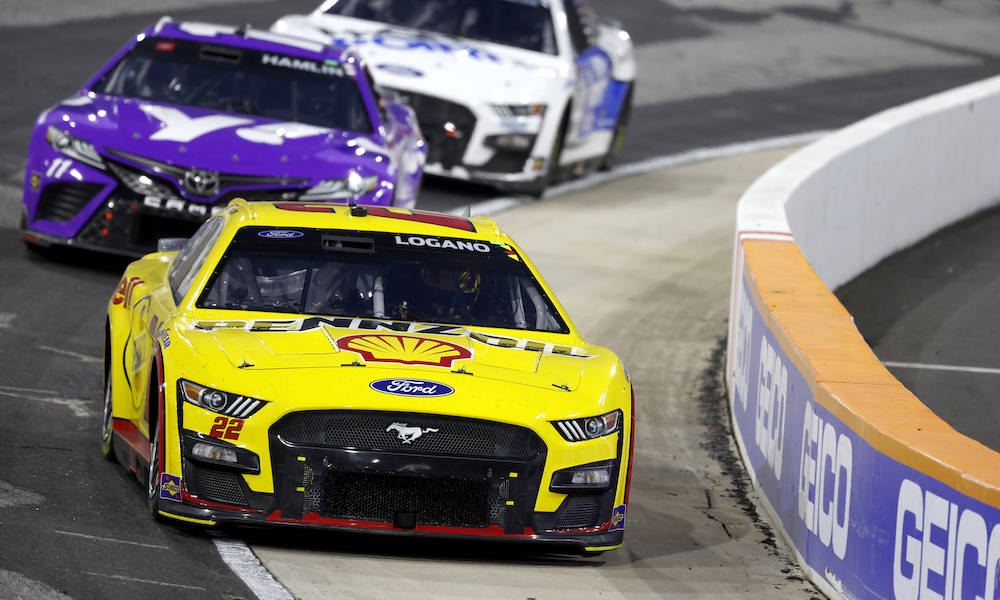NASCAR has informed its Cup Series teams that additional safety updates need to be implemented on the Next Gen chassis effective early next month at Atlanta Motor Speedway.
Updates to the center and front clip of the car announced Thursday:
- Plated right-side door bars
- Front clip softening
- Front strut softening
- Front ballast box softening (must be empty)
- Modified cross brace
Center section updates:
- Two left-side door plate gussets
- 0.060” thick right-side steel door plate installed
- Additional tube in the left side of the main cage
Front clip updates:
- Upper rail triggers
- Removal of upper control arm longitudinal tube behind engine mount
- Front ballast softening (must be empty)
- Upper frame horns
- New front cross member
Front bumper strut updates:
- Four main slots in the right and upper struts
- Two minor triggers on the longitudinal leg
- Eight main slots in the right and left lower struts
- Two minor triggers on the longitudinal leg
NASCAR’s focus remains on the center section and front clip of the car. These additional changes are meant to increase the amount of crush the front clip is capable of during a crash. It’s an effort to reduce the acceleration the center section with the driver is exposed to during a frontal impact.
The changes to the right side of the car are an effort to strengthen the car against intrusions during crash impacts. Some of the updates have been in the works since January. However, officials wound up with additional data and a fresh perspective at the right-side door bars after the crash between Kyle Larson and Ryan Preece at Talladega Superspeedway in April.
NASCAR announces significant safety updates to the Next Gen car following the crash involving the Nos. 5 and 41 cars at Talladega.
These changes are set to debut at Atlanta Motor Speedway. pic.twitter.com/bPoOGMRSGb
— NASCAR (@NASCAR) June 8, 2023
Official recreated the crash between Larson’s No. 5 Chevrolet and Preece’s No. 41 Ford Mustang, determining it was a 55-degree impact angle. Through four different video angles and GPS data, it was estimated that there was a 59mph difference in speed between Larson and Preece.
It was a right-side impact to the door when Preece t-boned Larson, who was sliding back up the racetrack, during a crash.
NASCAR previously had Cup Series teams make two changes going into the Coca-Cola 600 at Charlotte Motor Speedway. Those updates concerned the right-side door bars and removing the front clip v-brace. Both of those changes remain in effect.


 NASCAR is conducting two days of crash tests at a facility in Ohio this week. It will be decided after those tests whether additional chassis updates will be implemented.
NASCAR is conducting two days of crash tests at a facility in Ohio this week. It will be decided after those tests whether additional chassis updates will be implemented.